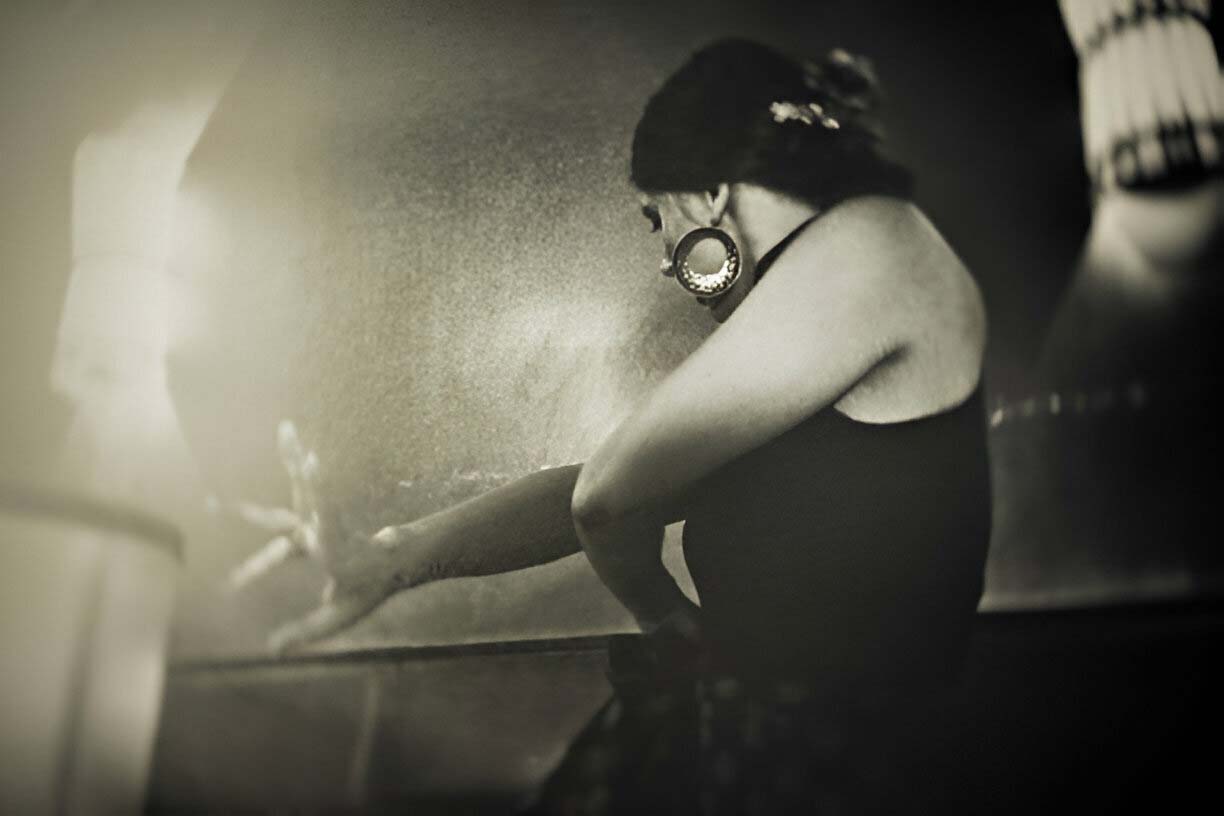Music and dance can reveal much about a place, including spiritual traditions and cultural influences. It also provides an incredible opportunity to engage with locals—even if you have two left feet.
Still, nothing beats witnessing and experiencing a dance in its cultural roots. Dance is a language, and it’s impressive to be among the ‘native speakers’ who can communicate its punctuation, rhythms, and passions far better than the rest of us. Understanding how to move to local music is a powerful approach to entering closed-off cultures.
From salsa in Cuba to samba in Brazil and ball season in Vienna, here are our favorite dance destinations around the world. And don’t forget to get your dance shoes from ballroomshoes.com.
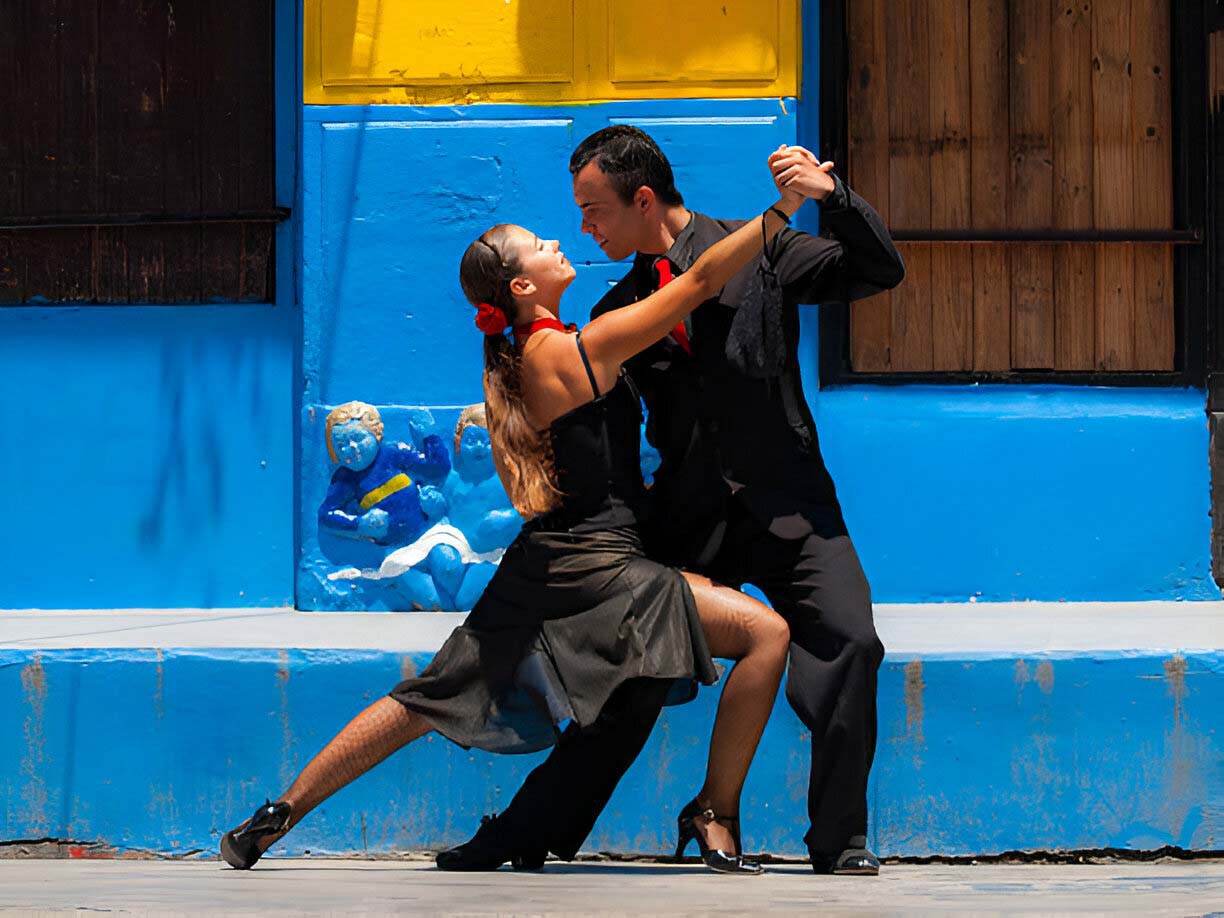
Tango in Argentina
It’s quite a task to take on the haughty, driven immigrant dance tango, born on the patios of Buenos Aires‘ working-class tenement blocks and bred in its 19th-century brothels. Argentina’s capital remains the place to be, whether through nightly professional dance classes, titillating live acts over candlelight dinners, or tango concerts that mix jazz, rock, and folk in the city’s hippest clubs.
Make time to attend one of the capital’s communal dance halls or milongas; these provide visitors with an exciting glimpse into the scene, ranging from young, hip joints blaring tango nuevo tunes to more elegant gatherings where men and women sit on different sides of the floor, as is traditional.
Waltz in Vienna
Ball season in Vienna is the Ascot of a country that hasn’t forgotten how to dance. The practice dates back to a group of bored 19th-century nobles who hosted waltz parties during the eight months of peace talks that ended the Napoleonic Wars. It has already expanded into a tuxedoed riot of 400 balls around the city, taking place in locations ranging from the marbled ceremonial halls of the Hofburg Palace to the gold-and-ivory salons of the Vienna State Opera.
During the day, you can try the dance classes, and a then few hours browsing Vienna’s historic fashion houses to rent a gown or top hat and tails rounds off the experience. The Viennese take out all the stops, so aim high to blend in with all the butter satin and white silk gloves.
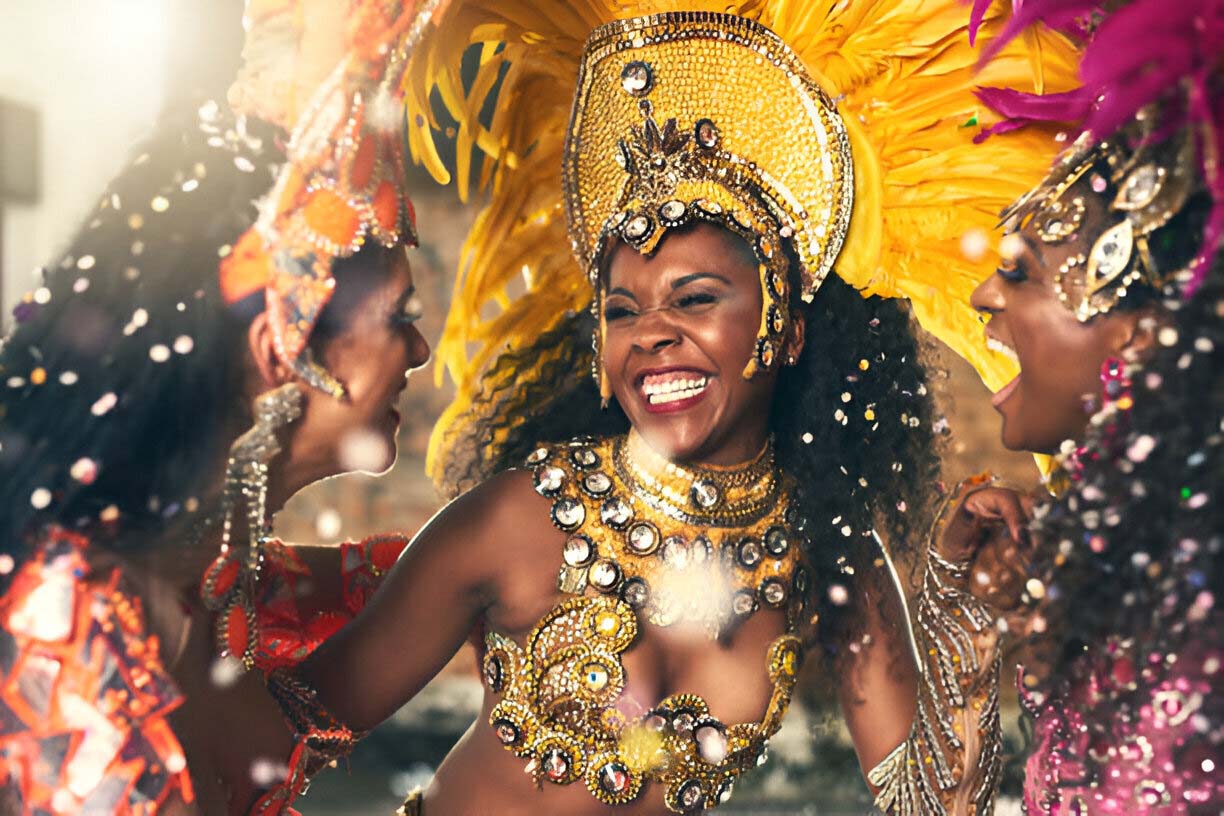
Samba in Brazil
Ear-splitting. Erotic. Elaborate. Samba, originally an obscure African priestess rite, has evolved into one of the world’s most popular dances. On the surface, it may appear to be all jingling percussion, jiggling hips, and tight outfits that sparkle like Christmas lights. Squint and you’ll notice it’s an important aspect of Brazil’s social fabric.
For the best samba experience, attend the Rio Carnival in February, which features magnificent street celebrations and fancy dress balls. The pièce de résistance is a showdown between samba schools from around the country in the massive 70,000-seater sambadrome. Imagine a Gladiator with sequins instead of swords. In the final run-up, several schools host dance parties accessible to visitors. Dress yourself in rhinestones and feather plumes and, if you dare, perform at the main event.
Flamenco in Andalucia
Historians are perplexed as to whether flamenco has Ancient Indian, Dorian, Moorish, or Jewish roots, but Andalucia, with its bustling tablaos and gypsy haunts, is unquestionably its cultural stronghold. An individual class in Seville is ideal for beginners.
In the evenings, visit the local pubs for a dose of wild dancing and sad guitar riffs, or attend an expensive dinner and dance event. The goal is duende, an almost mystical relationship that flamenco artists say both performers and viewers may experience in the heat of the moment. Bring your Kleenex; things might become emotional.
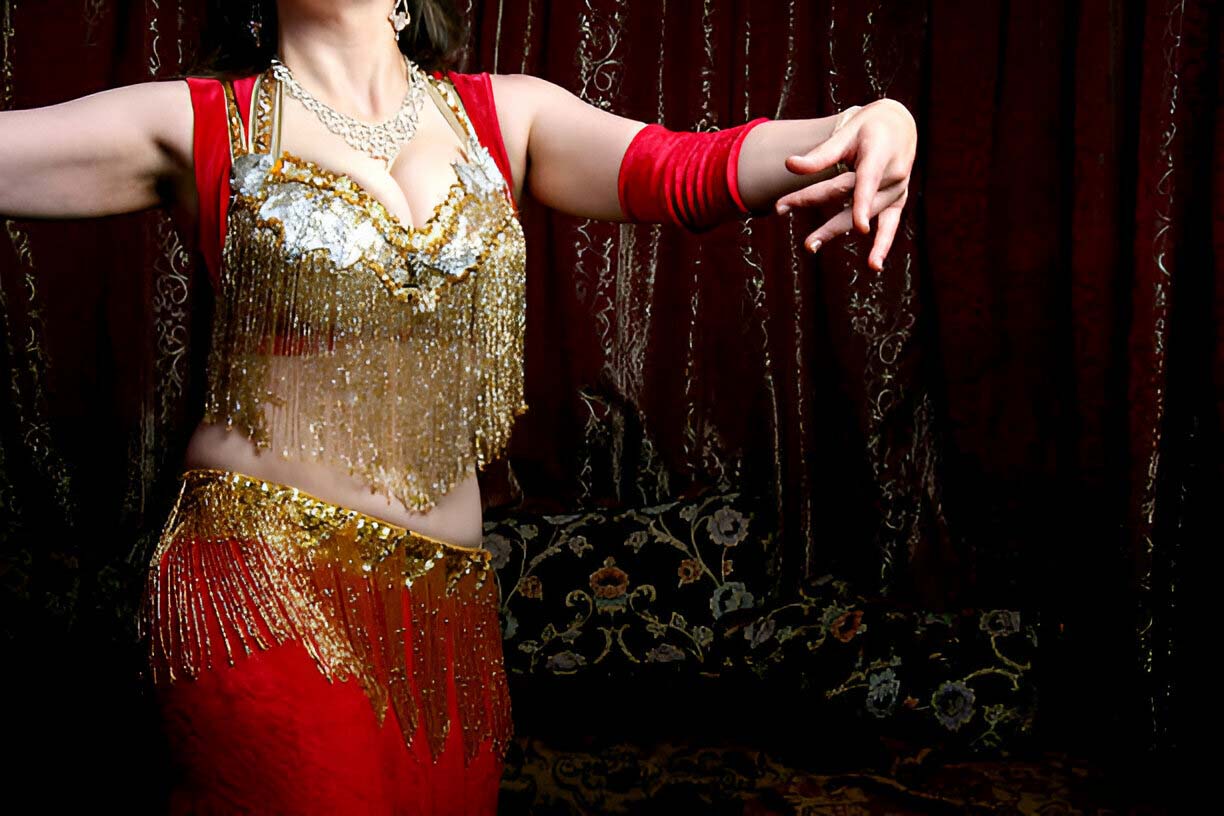
Belly dancing in Morocco
In terms of travel clichés, belly dancing in Morocco ranks among poolside piña coladas and viewing the Mona Lisa via bulletproof glass. But there’s something alluringly fairy-tale princess about practicing one’s shivering rib-cage shimmies and twisting body routines amid a magnificent North African riad.
Intensive vacation training is excellent since it takes several sessions to master the complicated Middle Eastern folk dance, complete with staccato hips and melodious abdominal ripples. Book as part of a five-star hotel package for an authentic yet luxurious stay.
Mbalax in Senegal
There’s nothing like bustling, cosmopolitan Senegal, with its vividly colored boubous, loud balcony radios, and bumper-to-bumper automobiles. What better way to get into the energy of West Africa’s cultural powerhouse than through its explosive dance-music scene?
Learn to dance to mbalax, the music pioneered by Youssou N’Dour in the 1990s, at Dakar’s most prominent clubs; and see Sufi singers and Afro-Cuban bands at concert venues where performances don’t warm up until 1 a.m. Songlines trips provide lots of thrills outside of the city, from djembe drum lessons on Saint Louis beaches to visits to exotic communities and islands.
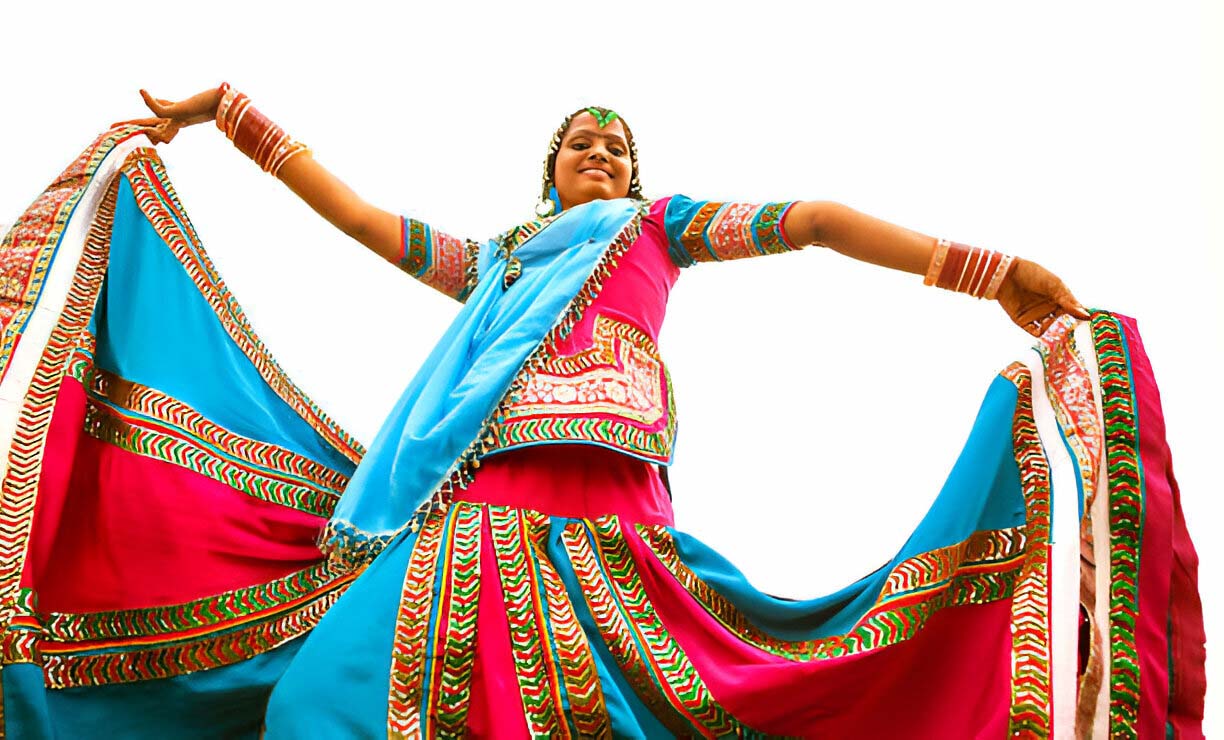
Bollywood in Mumbai
One for those who have fantasized about dressing like an Indian film star, perfecting the neck wiggle, and participating in a dance stampede more coordinated than Michael Jackson’s Thriller team. A one-on-one dance class may help fans improve their hip struts and wrist twists. It is a rite of passage to see live filmmaking on a professional set.
The experience is completed by recording your Bollywood song in a recording studio and then seeing a private screening of an Indian blockbuster.
Merengue in the Dominican Republic
Merengue (pronounced meren-gay) differs from the dessert meringue mainly in name, with scraping metal sounds reminiscent of grandma’s kitchen and whipping white-fringed skirts. Merengue, too, owes its origins to sugar, but for tragic reasons; the steps come from how Dominican slaves, tied together and forced to drag one leg, would cut beet to the rhythm of drums.
Today, it’s all billowing costumes and symphony ensembles centred on a guira, a scraped metal instrument that produces a rasping sound that makes merengue enthusiasts tremble with joy.
Visit in late July for the Santo Domingo Merengue Festival, then stay at one of Punta Cana’s resorts, where hotel dance lessons are included and the local nightlife is second to none – imagine merengue bands playing gigs in castle caves and impromptu dances in rum bars and casinos.
